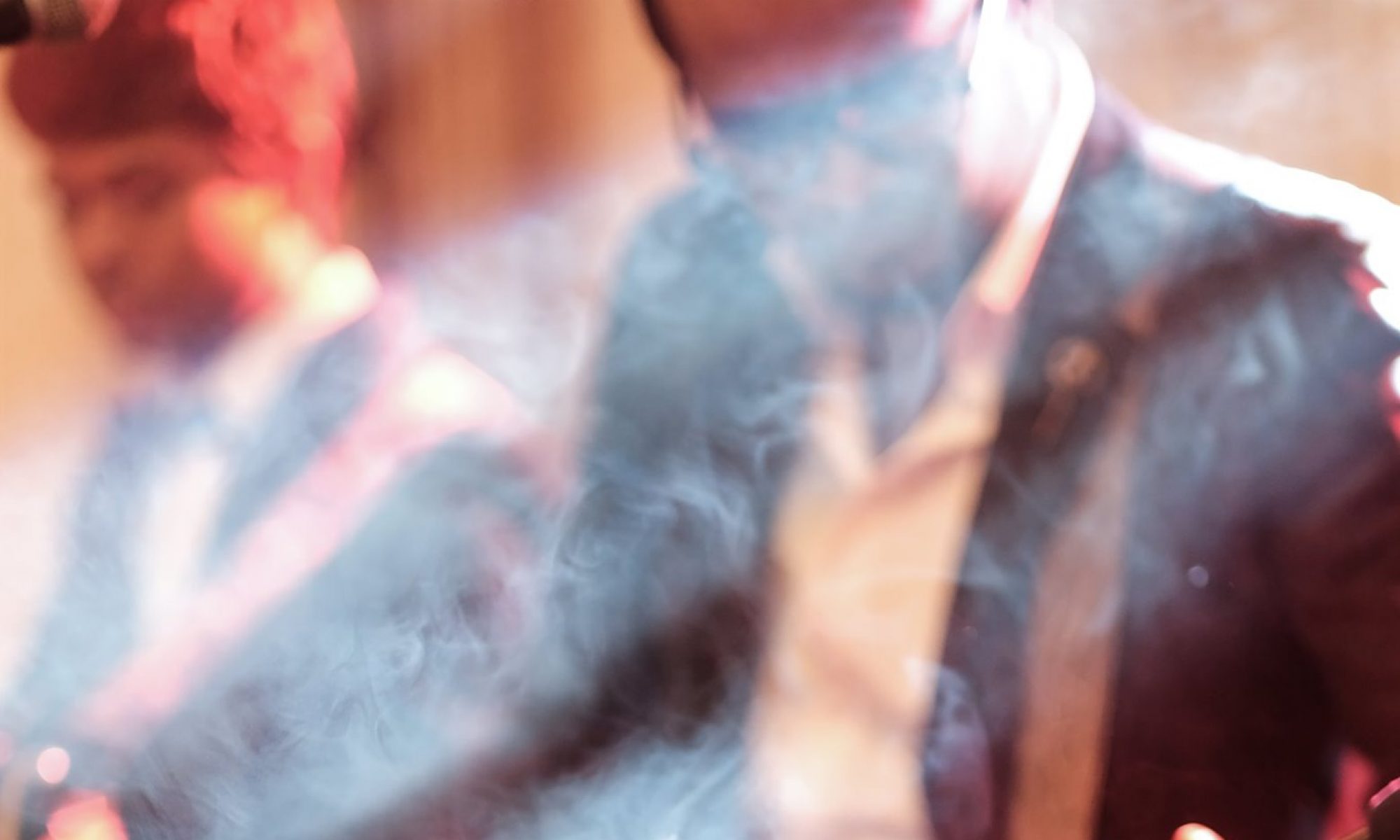As the pandemic struck, a vast majority of offices in Sri Lanka started a “working from home” system in order to reduce the risk of exposure of employees.
While we were enjoying the fruits of being with our loved ones for most of the day, some were not so lucky – especially the brave souls who were employed in the healthcare sector. While they were doing a commendable job, they too had their fair share of worries: the risk of exposure being a primary risk.
The healthcare workers who dealt with COVID-19 positive patients were quite literally on the front lines – despite the masks, hazmat suits, and protection, there was always a risk of getting infected – a worry some workers were quite vocal about.
The wife of a friend was working in a hospital turned-quarantine-center, and they reached out to a few of us about doing something for them. The project involved a system to monitor patient vitals remotely, along with an AGV to distribute necessary items. The aim of the project was to eliminate the physical interaction between the healthcare workers and infected patients – unless absolutely necessary. The project included several components – the AGV to distribute necessities, a wearable device to detect the heart beat and a blood pressure measuring device.

Collaboration was the most difficult part, as all of us were confined to our homes, and an island wide curfew was imposed. Despite all challenges, we were able to delegate work between each of us, and we cued the music, and heated up our soldering irons.
My task was to design a device to measure the blood pressure. Despite wanting to create an interesting and futuristic gadget, time was a pressing matter. Each day we spent on this, increased the risk of exposure. The timelines were very strict, resources were limited, and the ability to procure items was almost nonexistent. We decided on a extremely simple idea – get a commercially available blood pressure monitor, fix a camera in front of the screen, do some thingamajig with the software, send the readings somewhere else.
I fixed an ESP32 module, with an embedded camera on top the blood sugar monitor display. A input from the blood pressure machine triggered the ESP32 module to take a photograph of the LCD screen. The image was then sent to a remote server where the image processing program was installed. The software acted as an OCR where the characters of the LCD was identified. We tried several commercially available software but none of them were able to meet the requirements – hence the software was written in house by yours truly 🙂
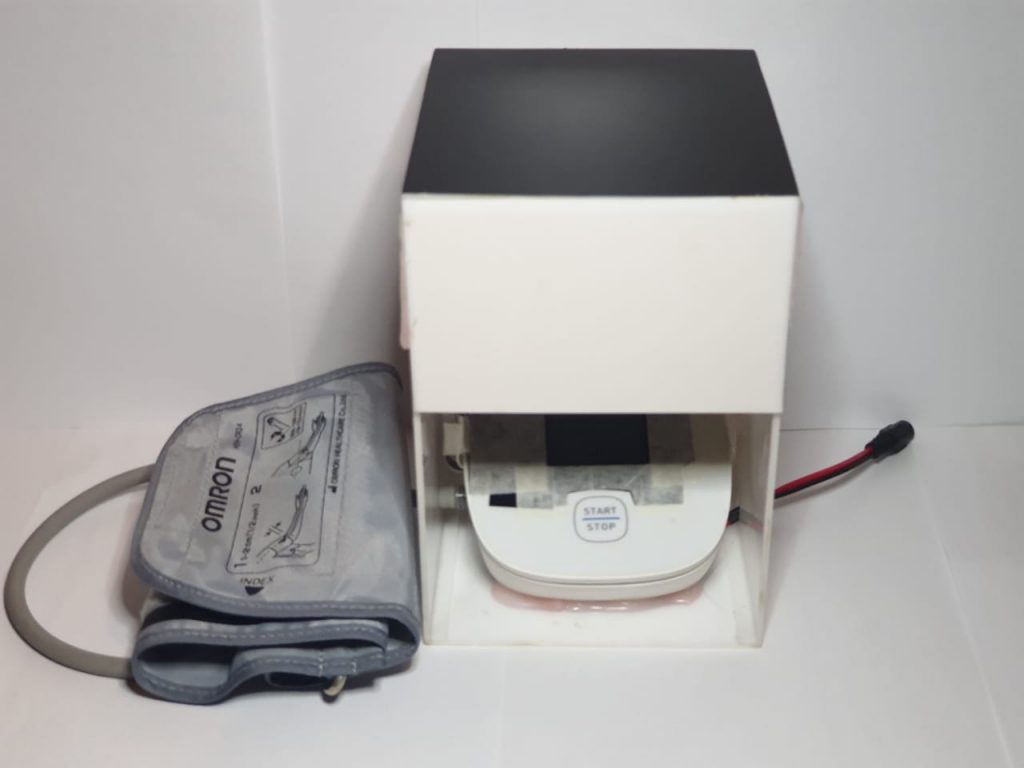
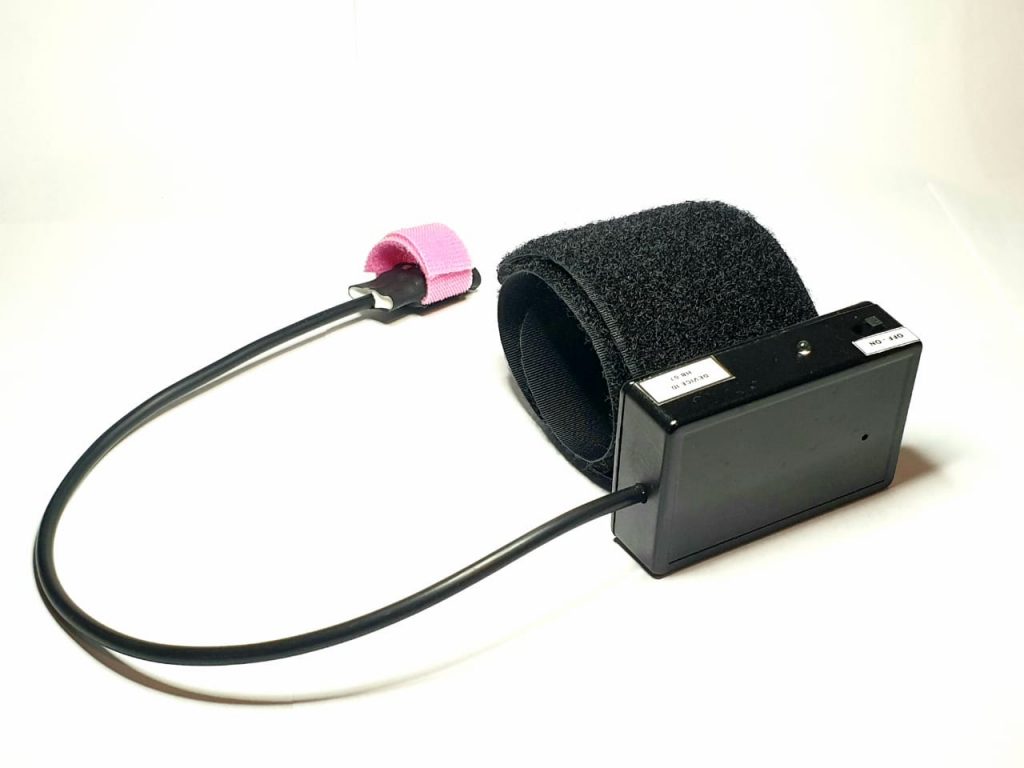
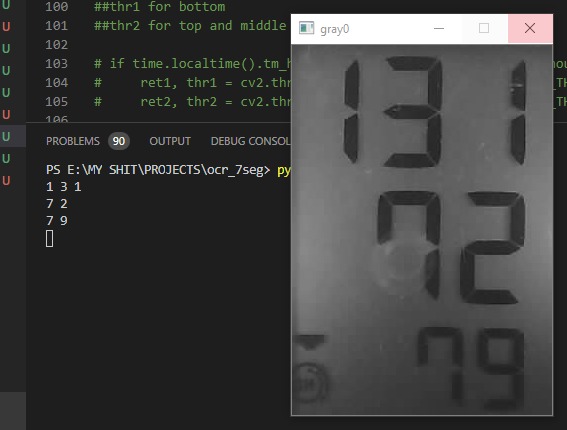
The blood pressure was one item of data, the heart rate and and oxygen levels were obtained from another device. Once extracted, the data was sent to a remote server via an API call, and the data was available for viewing in real time.
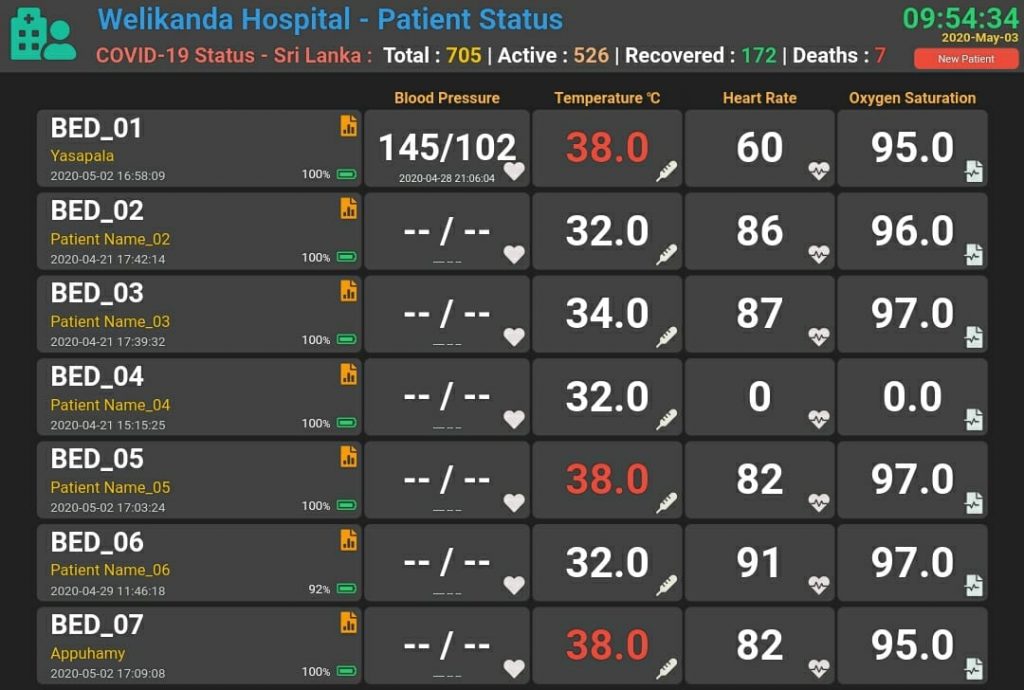
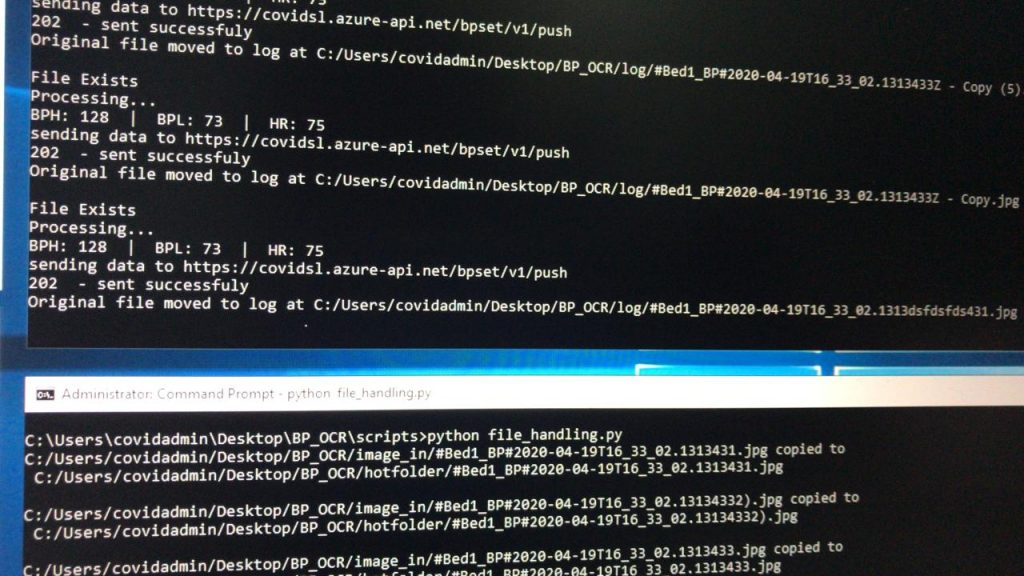
It was a hectic task, we were dispersed through Colombo amidst a country-wide lockdown and curfew. A very few of us had curfew passes, and had to take on the role of messengers and couriers. All communication was virtual. But we managed to get it up and running! Healthcare workers could monitor COVID-19 positive patients without the risk of exposure!
We did the work voluntarily, expecting nothing in return. But the facilitators were kind enough to provide us with an official letter of appreciation for our efforts 🙂
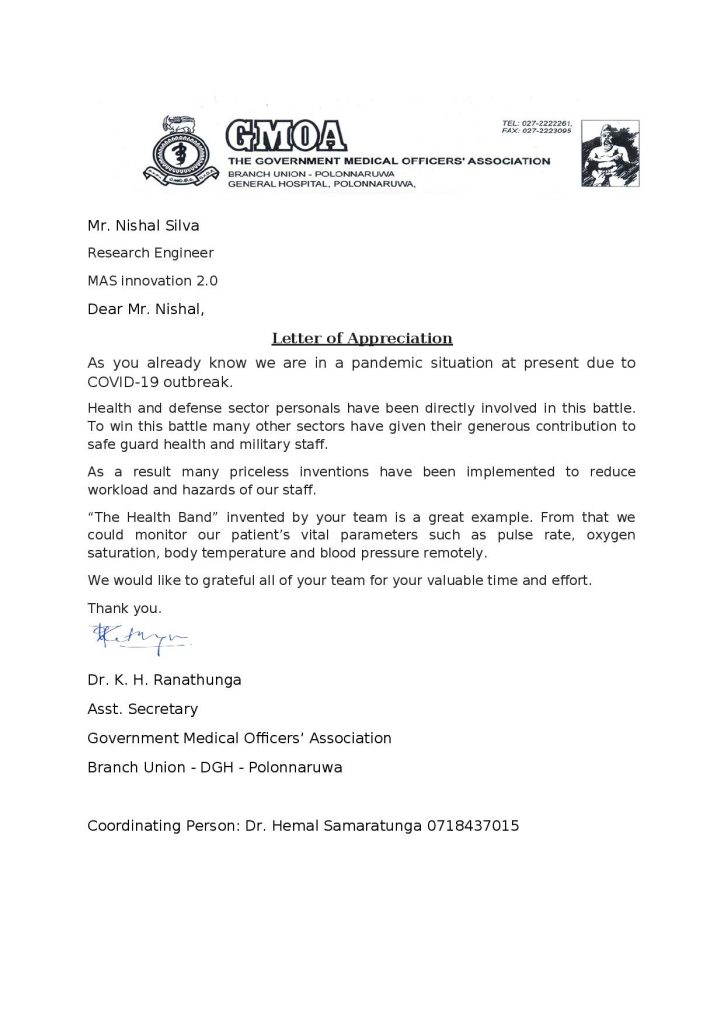
Stakeholders: Keshan Dayarathne, Damkith Weerasinghe, Chathura Liyanage, Chammika Perera, Bhashitha Jayawardhane, Chandana Karunarathne, Kantha Liyanage
